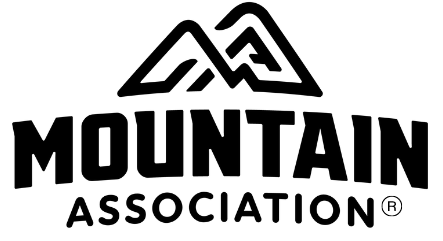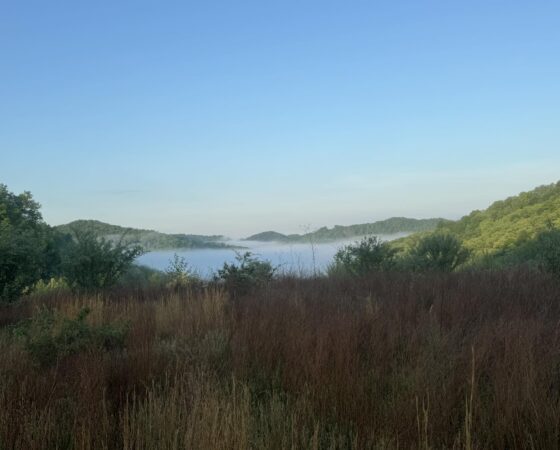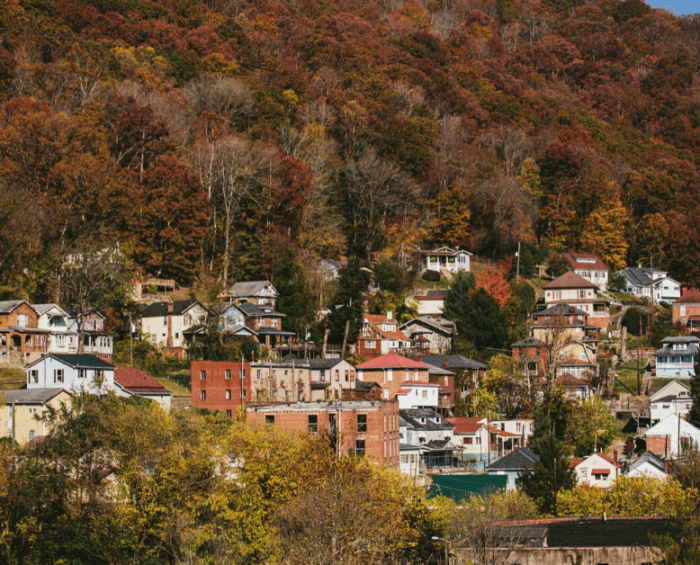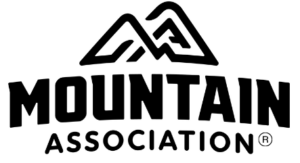This is part of our story series, EKY Flood Relief: Neighbors Helping Neighbors.
Our first impulse when disaster strikes is to help. The devastating flooding of Eastern Kentucky in 2022 saw Kentuckians rallying around one another to offer what we had to make recovery happen as quickly as possible. But, recovery has required more help and more time than any of us initially thought. It’s now been more than a year post-flood and many families are still waiting for their home repairs to be completed due to funding and capacity of organizations to handle a need this great. Enter, LTRGs.
“What are the gaps and how can we fill them in?” Jimmy Owsley, former board member and one of the foundational members of the Floyd County Disaster Recovery Coalition, sees this as the role for each county’s Long Term Recovery Groups (LTRG). A LTRG is a cooperative body made up of members of the community from all walks of life. Initial disaster response calls after the July 2022 floods, organized by Kentucky VOAD, led many communities to create their own county-wide LTRGs.
Creating a line of communication between one another, LTRGs offer nonprofits, faith-based groups, government, businesses, individuals, and organizations the opportunity to work together in a coordinated attempt to assist individuals and families as they recover from disaster. Networking, bridging gaps, and offering coordination between all the good works already being done, LTRGs sprung up in Breathitt, Floyd, Pike, Knott, and Perry counties last year, and have since proven that we work best when we work together.
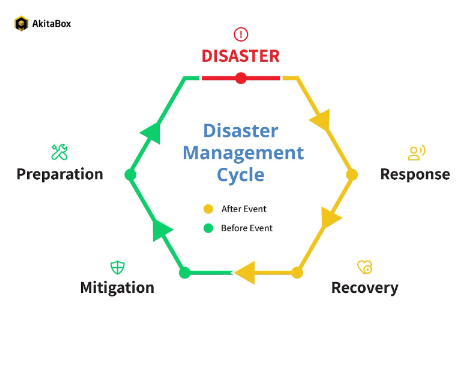
“We have been fortunate that we have all these nonprofits in the area that have existing home repair programs operating year round. They’ve been able to absorb a lot of the need that emerged through the flood,” said Kalen Ousley, coordinator of the Floyd County Disaster Recovery Coalition (Floyd County’s LTRG)
Most communities were unprepared to handle a disaster of this capacity. The floodwaters impacted homes and businesses across our region and left millions of dollars in damage behind in communities already experiencing a housing crisis. To give a sense of the magnitude, FEMA received more than 16,000 claims applications. In a new report from the Ohio River Valley Institute and Appalachian Citizens’ Law Center, it is estimated it will cost between $450 to 950 million to rebuild the approximately 9,000 homes damaged in the 13 counties that were declared a natural disaster. That report can be read here.
During the initial response communities began to overflow with donations like water, clothes, and supplies sent in from across the nation. Herculean efforts were put forward by local, state, federal agencies, as well as churchers, nonprofits, businesses, and individuals to fill in the gaps and lend a hand. The immense amount of aid, volunteers, and supplies that poured in was welcomed with gratitude, though it also caused crossed wires that made distribution overwhelming, and still left the threat of long-term needs, like housing and case work, hanging in the air.
LTRGs coordinated efforts to ensure short-term needs were met, connecting families with temporary housing and case workers, while support from across Kentucky continued to pour in. Over $13.2 million dollars was raised by Team Kentucky alone. Distributions and pledges from the fund include:
- $440,000 in funeral expenses to the families of the deceased
- Over $4 million in $500 checks to survivors approved for any amount of FEMA assistance.
- $1.175 million committed for building new homes ($975,000) and home repair ($200,000) with nonprofit partners: Foundation for Appalachian Kentucky, Housing Development Alliance and Homes Inc.
- The balance will be used to build homes in new high-ground communities
With the additional federal and state funding for infrastructure and housing repair, there is now an estimated $409 million in funds available for flood mitigation.
The coordination between organizations facilitated by LTRGs has created opportunities to leverage grants, like those facilitated by Team Kentucky and Grant Ready Kentucky, and to get construction supplies and household needs like appliances and furniture to families, as well as to store supplies for future events and ongoing needs at local Disaster Recovery Centers, get families caseworkers to assist in the bureaucratic process of buy-outs, and even create healing opportunities like community celebrations and access to mental health resources. They have become a vital part of the recovery process. What is necessary for the future success of the LTRGs is community and local government buy-in to these systems.
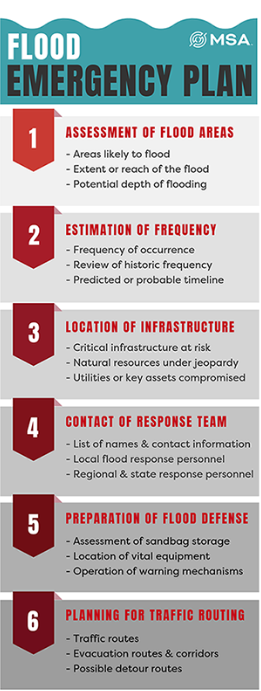
Communities need to create Flood Emergency Plans, finding space and organizations in the community to handle the load of case work for families, attending LTRG meetings where the needs of the communities are assessed and addressed, and working to apply functional systems. Utilizing a template like this Pocket Template for Disaster Recovery (found here) creates a guide that can be referenced at any time to identify who fills which needs within the community. This can help local government or quasi-governmental organizations, like LTRGs, plan to prepare before a future disaster.
Recovery doesn’t happen alone, we’re stronger together.
Helpful Hint #1 Grantreadykentucky.org is an invaluable resource for recovery in these communities. Committed to helping Kentucky’s nonprofits get more grant funding, they’ve created a hub for communities that connects them with the funding and professionals necessary to bring their projects to life. They have a database full of open funding opportunities, including opportunities like the G.R.A.N.T program. The Government Resources Accelerating Needed Transformation Program (G.R.A.N.T.), was established with a $2 million fund to match federal grants for priority county projects and administer the programs since one of the top barriers to federal grant funding for small communities is the ability to meet cash match or cost-sharing for grant applications. They also offer Kentucky nonprofits free 1-on-1 sessions with grant professionals. These sessions allow you to ask questions about a grant application or offer guidance if you need help getting started with grants.
Helpful Tip #2 Red Cross Disaster Action Team needs volunteers to continue their relief efforts, details for volunteer opportunities in flood impacted communities can be found at https://www.kyfloodvolunteers.com/
Helpful Tip #3 Communities can see a detailed plan to create their own preparations within the national LTRG guide. https://www.nvoad.org/wp-content/uploads/longtermrecoveryguide-final2012.pdf
About this story series:
Mountain Association is partnering with What’s Next EKY?! and Vision Granted to host a series of stories showcasing the incredible flood relief efforts across the region in response to the flood on July 28, 2022. With a goal to share hope and spark new ideas about ways you can help in your own community, these stories will showcase the creativity and hard work of local people, provide helpful flood recovery tips, and feature stories of neighbors helping neighbors. If you have a story or helpful tip to share, please contact visiongrantedconsulting@gmail.com. Please learn more about this series here.
